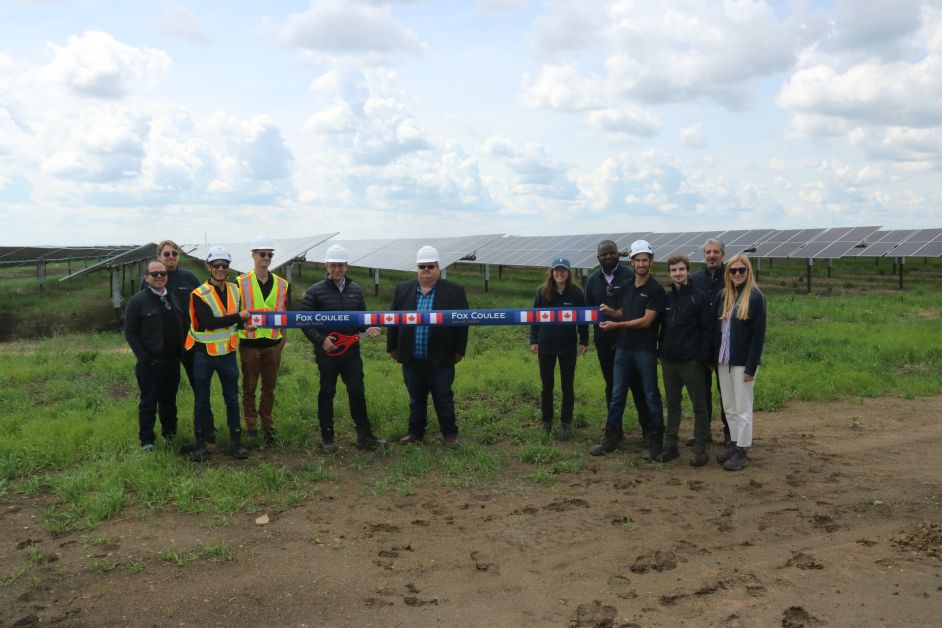
After 66 years as an AM station, New Country 910 will be switching to an FM frequency.
The Valley and surrounding areas have been served by the AM radio station since 1958, first as CJDV operated by Dinosaur Broadcasting, until 1981 when it became CKDQ, operated by CHUM.
It continued operation with various ownership and in 1985 it was able to get permission to boost its signal from 10,000 watts to 50,000 watts. It operated from 2000 to 2018 as a Newcap station known as Q91, and most recently was New Country 910 under Stingray Group.
It will continue as New Country 910 but now it will be found on the FM dial at 92.5.
“CKDQ on AM has served the Drumheller Valley since 1958 but it’s time to modernize our infrastructure. AM is notoriously difficult to maintain and is certainly limited in its ability to provide superior sound quality. We want to be sure we are airing the very best on-air quality to our listeners and FM more than accomplishes that goal, said Steve Parsons, Vice President of Programming, at Stingray Radio.
Reach will be considerably tightened and towers that used to be east of Strathmore will now be on top of the south Hill shared with Boom FM 99.5.
“New Country 92.5 listeners will notice a significant improvement in the quality of the signal broadcasting in full stereo and with crystal clarity. The one drawback is that our signal will be restricted to the area we are licensed to serve, The Drumheller Valley and surrounding communities,” said Parsons. “In its prime CKDQ AM could be heard into Central Saskatchewan, down to Montana and west to the mountains. Listeners in those broad areas will still be able to enjoy New Country 92.5 online.”









